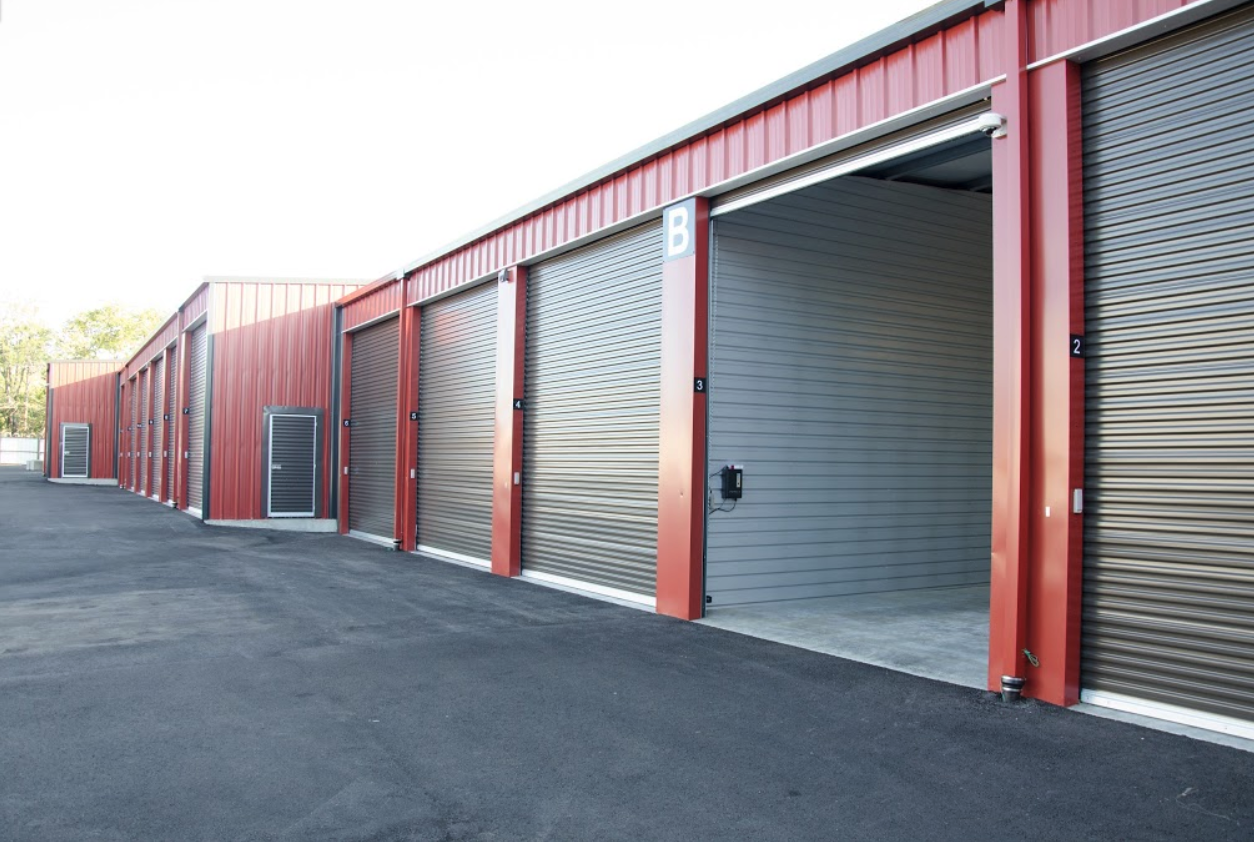
RV and boat storage can be a profitable addition to an existing self storage business — or a standalone investment — when it’s approached with the right planning and market insight.
Because RVs and boats require more space than typical storage units, land requirements and layout planning are crucial. A well-designed facility in the right location can generate steady, long-term rental income, while a poorly researched build can struggle to reach profitability.
Knowing Your Market
Before breaking ground, determine whether your market can support RV and boat storage.
-
Location matters — Proximity to lakes, campgrounds, and marinas increases demand.
-
Assess competition — Offer features that existing facilities don’t have, such as larger enclosed units or upgraded security.
-
Know your demographic — Ensure there are enough RV and boat owners within your target radius to maintain high occupancy.
Without adequate demand, even the best-built facility may take years to generate a return on investment.
Constructing the Right Layout
A successful facility often offers a mix of storage types:
-
Enclosed units — Provide security and protection from weather.
-
Canopy spaces — Offer covered parking without full enclosure.
-
Open spaces — Less expensive to build but offer minimal protection.
Design your site so customers can easily navigate between unit types. Place units along both sides of drive aisles to maximize usable space, and ensure aisles accommodate large RVs and trailers. Entrances, exits, and adjacent roads must be able to handle large vehicles safely. Always account for fire code requirements such as building spacing, hydrants, and sprinkler systems where applicable.

Calculating Costs and Revenue
-
Canopy units typically start at around $25 per square foot to build, with enclosed units costing more.
-
Other expenses include security systems, landscaping, permits, and staffing.
-
In a strong market, rental income can pay off construction costs within one to two years. In more competitive markets, expect a longer timeline to reach ROI.
Key Takeaways
-
Do a market feasibility study before committing to land or design.
-
Ensure the site can physically accommodate your planned layout.
-
Offer a variety of unit types to appeal to more renters.
-
Factor in both construction and operating costs before calculating ROI.
When planned and built correctly, RV and boat storage can be a steady income generator for years to come.
Updated by MakoRabco Team – Originally published October 10, 2013
FAQ – RV & Boat Storage Construction Costs and Considerations
1. How much land is needed for an RV and boat storage facility?
Plan for a large plot of open land to accommodate storage units, drive aisles, parking, and office space.
2. What types of storage units are best for RV and boat storage?
Most customers prefer enclosed units for security and weather protection, but canopy and open spaces can be cost-effective alternatives.
3. How much does it cost to build canopy RV and boat storage units?
Basic canopy units start around $25 per square foot, with enclosed units costing more.
4. What features improve an RV and boat storage facility’s appeal?
Wide drive aisles, easy access for large vehicles, upgraded security systems, and proximity to recreational areas all boost desirability.
5. How quickly can RV and boat storage construction costs be recouped?
In strong markets, costs may be recouped within 1–2 years. In competitive areas, it can take longer.
6. How important is market research before building?
Market feasibility is critical. Without sufficient demand, even a well-built facility may struggle to reach profitability.
7. What layout considerations are unique to RV and boat storage?
Drive aisle width, unit placement for easy maneuvering, and road access for large vehicles are essential factors.
8. What additional costs should be factored into an RV and boat storage project?
Security systems, fire protection, landscaping, permitting fees, and staffing all contribute to total project costs.
9. Can RV and boat storage be added to an existing self storage facility?
Yes — adding RV and boat storage can expand your customer base and increase revenue, provided space and zoning allow it.
10. Can MakoRabco help design and build RV and boat storage facilities?
Yes — MakoRabco offers full design, engineering, and construction services to create profitable, code-compliant storage solutions.
